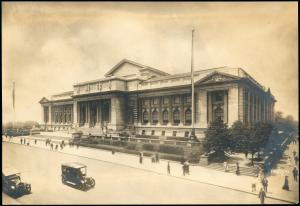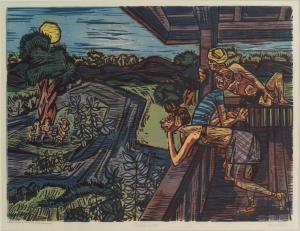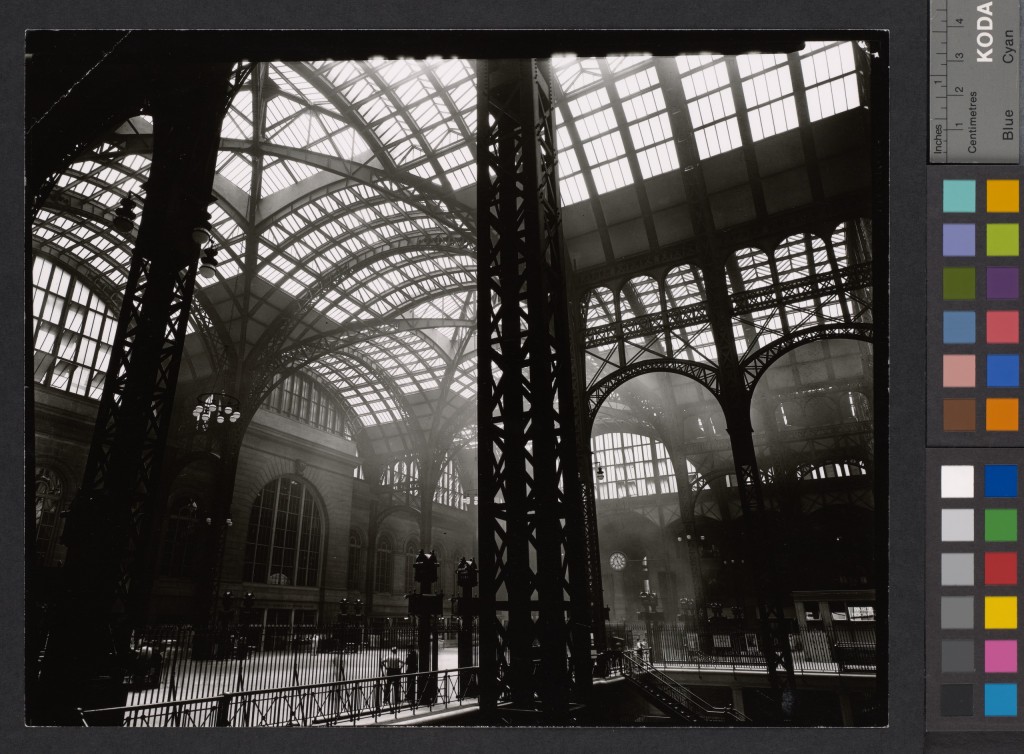New York Public Library is one of the greatest libraries in the world; established in Manhattan in 1895, it’s not only a magnificent example of the Beaux-Arts architecture, it also symbolizes the democratic ideal of free and open access to knowledge, since it first opened to the public (in 1911).
But for those who are geographically unable to visit and browse its public spaces, research collections, and comprehensive programs and exhibitions, an incredible new online resource has recently been announced: as the library releases 180,000 of 673,452 items from its digitized collection.
Not only is this treasure trove available to anybody online, it’s also available for free. In the spirit of the library’s democratic ideal, all of these out-of-copyright materials are now available as high-resolution downloads; available after a removal of administration fees and processes. As the library states: “No permission required, no hoops to jump through: just go forth and reuse!”
Before even getting into the contents, it’s important to note that online users of the website will find recently refined download links and filters highlighting restriction-free content. More technically inclined users will also benefit from updates to the Digital Collections API enabling bulk use and analysis, as well as data exports and utilities posted to NYPL’s GitHub account. These changes are intended to facilitate sharing, research and reuse by scholars, artists, educators, technologists, publishers, and Internet users of all kinds.
Interestingly enough; all subsequently digitized public domain collections will be made available in the same way, joining a growing repository of open materials.
Where to start in assessing this vast collection of material? Here are just some of the historical wonders:
- The Works Progress Administration (WPA) Collection consists of works on paper, primarily lithographs and etchings, but also drawings and paintings created during the years 1935-1943 by African-American artists. The purpose of the WPA program was to create paying jobs for the unemployed at every skill level. The WPA allowed many artists to work full time on their craft for the first time. Students were able to learn new skills, while other artists served as mentors and continued to advance techniques and innovate — especially in the printmaking field. Most works were produced at the Harlem Arts Community Center in New York City.
- Photographer Berenice Abbott proposed Changing New York, her grand project to document New York City, to the Federal Art Project (FAP) in 1935. The FAP was a Depression-era government program for unemployed artists and workers in related fields such as advertising, graphic design, illustration, photofinishing, and publishing. A changing staff of more than a dozen participated as darkroom printers, field assistants, researchers and clerks on this and other photographic efforts.
Abbott’s efforts resulted in a book in 1939, in advance of the World’s Fair in Flushing Meadow NY, with 97 illustrations and text. At the project’s conclusion, the FAP distributed complete sets of Abbott’s final 302 images to high schools, libraries and other public institutions in the metropolitan area.
- Pioneering social photographer Lewis P. Hine was drawn to Ellis Island, and the promise of a “new immigration,” as foreign massed arrived from southern and eastern Europe and elsewhere. He photographed at the immigration station between 1904 and 1909, capturing the new Americans pouring through on their way to cities, factories, and farms. Hine’s interest in child welfare and the social conditions of the American industrial working class followed naturally as he became immersed in the reform movement, which grew with the rising social consciousness of his time.
- The largest known collection if its kind, the Robert N. Dennis collection of stereoscopic views collects over 35,000 stereographs of international scope, making it one of the largest and most diversely representative holdings of its kind in the world. From gold panning in the Klondike in 1899, the 1883 ruins of the Casa Grande in Arizona, or sunset over the Grand Canyon in 1902, history comes alive in parallel images that combine to transport us into the past.
To encourage novel uses of this digital resources, the NYPL also now accepts applications for a new residency and research programs. Administered by the Library’s digitization and innovation team, NYPL Labs, the residencies are intended for information designers, software developers, artists, data scientists, journalists and digital researchers. Two projects will be selected, receiving financial and consultative support from Library curators and technologists.
To provide further inspiration for reuse, the NYPL Labs team has also released several demonstration projects delving into specific collections, as well as a very cool visual browsing tool allowing users to explore the public domain collections at scale.
To start your journey, visit:http://digitalcollections.nypl.org … and enjoy!





